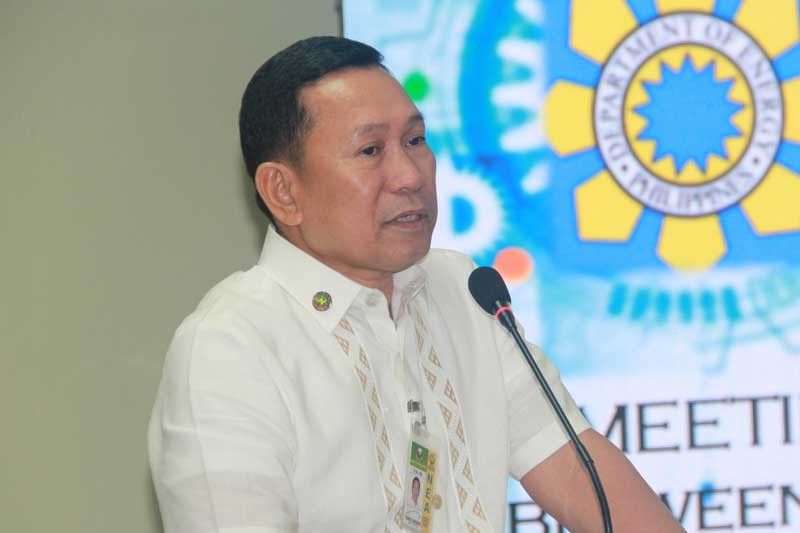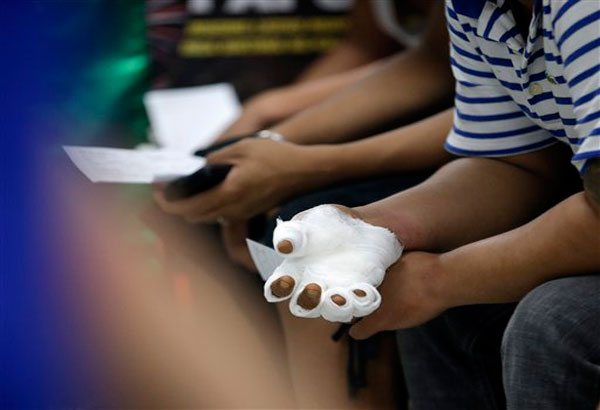Power rate hike looms in Aklan

MANILA, Philippines — Power rates in Aklan are projected to increase as the province’s lone electric cooperative is expected to pass on to consumers its losses that will result from the looming Boracay closure, officials said yesterday.
National Electrification Administration (NEA) chief Edgardo Masongsong told the Senate committee on energy that the Aklan Electric Cooperative (Akelco) is expected to hike power rates by P1.50 per kilowatthour (kwh).
Masongsong said Boracay accounts for 47 percent of Akelco’s demand.
The projected increase will cost consumers some P29.7 million every month or about equivalent to the cooperative’s projected monthly losses.
Akelco is seeking a subsidy of about P300,000 per month from the government for the duration of the closure as it has to maintain power in Boracay for the rehabilitation.
Masongsong told the Senate panel that power rates would return to its previous levels once Boracay is reopened.
Senate committee on energy Sen. Sherwin Gatchalian said the power rate hike should not exceed P1 per kwh based on his initial computation.
Drones to monitor infrastructure projects
The rehabilitation of Marawi and Boracay can be the pilot areas of a new government project that will use drones, satellite imaging and other cutting-edge technology to monitor the progress of major infrastructure projects, Senate President Pro Tempore Ralph Recto said yesterday.
Recto said the two projects, where billions of pesos are involved, are being considered for inclusion in Project DIME or the Digital Imaging for Monitoring and Evaluation, a joint program of the departments of budget, and science and technology (DOST).
In addition to drones and satellites, Project DIME will employ various technologies and expertise in data acquisition it had developed, including light detection and ranging, open roads platform and geotagging.
Recto said the Boracay cleanup and the reconstruction of war-torn Marawi should be live-streamed so the works could be completed on time, within budget and according to specifications.
He said if owners – especially those based abroad – of houses undergoing construction use remote monitoring, then it’s time for the government to do the same to ensure on time completion of major infrastructure projects.
Recto said closed circuit television cameras should be installed at the jobsites so real-time footage can be made available to the public or a time-lapse video can be uploaded daily.
A direct communication link can also be installed at Malacañang to enable the President to monitor work on the projects, he said.
“The Office of the President can even convert one of Malacañang’s halls into an infrastructure ‘war room,’ a command center of the Build, Build, Build program,” Recto said.
The command center can also be linked to the security cameras of transport hubs like the Ninoy Aquino International Airport and the Metropolitan Manila Development Authority so President Duterte can monitor the traffic anytime, he said.
“Raw live video is the best feedback. Why wait for Powerpoint presentations during Cabinet meetings when the President can go on a virtual inspection of projects from the comfort of his office?” Recto said.
He said Duterte can even task Special Presidential Assistant Christopher “Bong” Go to get a feed of the rehabilitation and infrastructure projects using the latter’s mobile phone.
The senator said the Malacañang room should receive complaints from the public to tap citizens’ involvement in project monitoring.
- Latest
- Trending
































